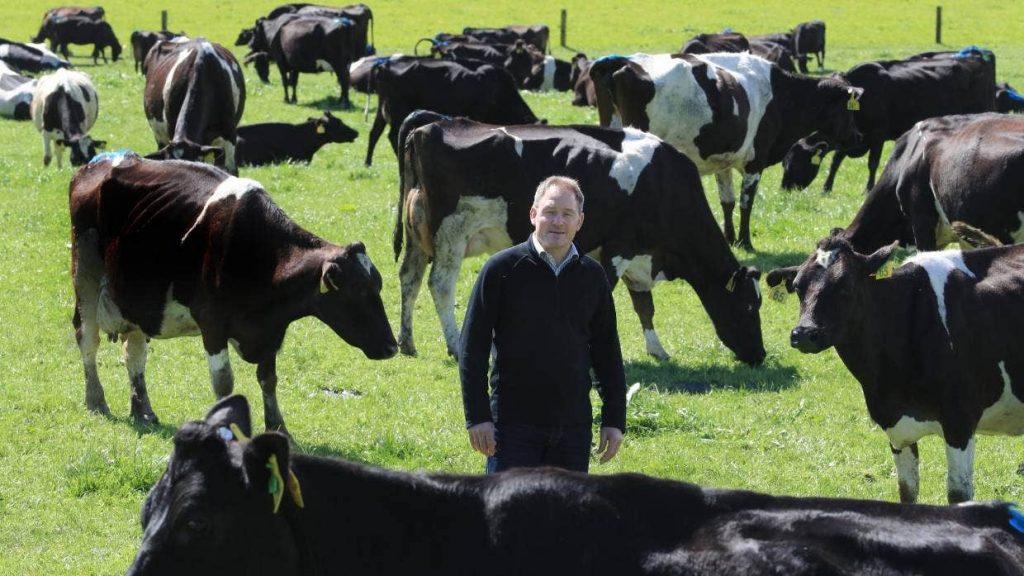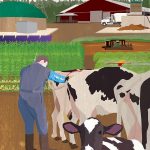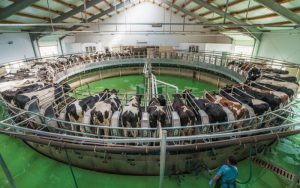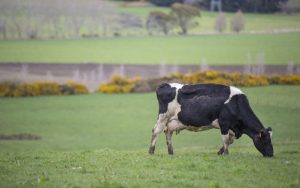
As a result, the country’s largest supplier of artificial breeding services has recorded incredible demand for its fresh sexed semen for the third consecutive season.
The Livestock Improvement Corporation’s sexed semen delivers a 90 per cent chance of producing a female calf.
When used across a herd’s top performing cows, it can produce animals with superior genetics allowing farmers to increase production with the same number or even fewer animals.
LIC’s Malcolm Ellis said the agri-tech co-operative will inseminate about 200,000 cows with sexed semen this spring, up from 110,000 in 2020 and 30,000 in 2019.
Demand had increased so much LIC set up a new lab at its Hamilton headquarters to host Sexing Technologies, a US company contracted to sex-sort semen from LIC’s top dairy and beef artificial breeding bulls.
Ellis is LIC’s general manager of New Zealand markets and said having the lab in-house “across the road” from the co-op’s bull farm cut down precious time to sort and deliver the straws of sexed semen to dairy farms around the country.
“Sexing Technologies was in Hamilton but we were having to collect the semen, take it across town to be sorted.
“Now it can be collected on a given day, distributed on that day, for next-day use.”
LIC had about 150 bulls on its farm. Sexed semen was collected from teams of 10-12 bulls from each of the Holstein Friesian, Jersey and KiwiCross breeds.
“The ability to sort a bull’s ejaculate has been around for 15 to 20 years but what we are seeing with farmers is the realisation we’ve reached peak cow.
“Production gains will have to come from breeding better cows and that’s where we are seeing growth in that fresh sexed semen space.”
Ellis said farmers were looking to mitigate consumer, environmental and animal welfare concerns and sexed semen was a “useful tool” to meet those challenges.
Ōtorohanga dairy farmer Marian Numan used sexed semen for the first time last season to help reduce the number of bobby calves the farm’s herd produced.
“Using sexed semen across our top-tier cows has allowed us to produce roughly 30 heifer calves that would have otherwise been bobbies.
“We can retain more of our good genetics with less waste overall.”
The new LIC lab opened in time for the peak spring mating season.
LIC artificial breeding technicians inseminate around 4.5 million cows between September to December and Ellis said there was scope to increase up-take of fresh sexed semen to about 500,000 in three years.
“It is 2.5 times the price of our conventional semen but the key is the value of farmers being able to have 90 per cent probability of getting a heifer calf out of their better cows.
“They can target their approach by getting more replacement animals out of the top end of their herds.”
Ellis said more milk production from fewer cows lowered the environmental footprint per kilogram of milk solids of a dairy farm.
“Nitrate and methane is reduced because the same number of animals become more efficient in their production.”

























